158 LANAP – Is LANAP Treatment Painful? (3 of 5)
For patients who have advanced periodontitis, there are various factors to consider when deciding between traditional gum surgery and laser treatment. In order to determine which solution is best, patients must understand the differences between these two procedures.
Traditional gum surgery involves the use of a scalpel which the doctor uses to peel back gum tissue. This gives the doctor improved visibility and access to repair periodontal pockets. The second step of the procedure includes cutting down the gums and placing sutures to reduce depth of the pockets. This modifies the appearance of the gum line. Following this step of the procedure, the doctor may use bone or tissue grafting to reattach the gum to the tooth.
In some cases of severe periodontitis, traditional gum surgery is required. However, LANAP is often an excellent alternative for many patients. LANAP does not rely on the use of sutures or scalpels which helps ensure the procedure is less invasive and causes minimal discomfort. Without the need to cut the gums, LANAP results in little to no gum recession or visible impacts on the patient’s smile. The laser is highly effective and can differentiate between healthy and diseased tissue. This means the healthy tissue is not impacted. The procedure is incredibly safe. The laser can remove the diseased tissue and eliminate bacteria without any negative impact to the tooth, healthy gum, or bone.
Traditional Gum Surgery and LANAP
Traditional surgery typically causes quite a bit of pain. The procedure relies on cutting and suturing to manipulate the gums as needed. In most cases, the dentist will prescribe pain medication following the surgery and the patient will require some time to rest. In some cases, patients have their damaged teeth extracted in order to avoid the pain discomfort associated with traditional gum surgery. LANAP causes minimal discomfort, does not usually require post-surgery pain medication, and requires minimal time to recover. Patients can resume their daily activities with little to no interruptions.
With traditional gum surgery, the gum line is cut down to reduce the size of the pockets. While gum line recession is typically between 2-4mm, severe cases of periodontitis can cause recession up to 10-15 mm. Receding gums expose the roots of the teeth and can cause extreme sensitivity when patients eat or drink. Because LANAP is less invasive, more selective, and the laser targets damaged tissue, there is minimal to no gum recession following the procedure. In addition to minimizing pain, this also ensures the patient’s natural smile is not negatively impacted.
LANAP is less invasive and does involve cutting or sutures. In addition, the laser is selective in the removal of tissue which allows for expedited healing. Bacteria is killed and inflammation is reduced through the use of the laser. This allows for the preservation of the healthy tissue.
In regards to the long-term results, the LANAP procedure achieves much more predictable results when considering tissue attachment and bone regeneration. The root surface is stimulated, which promotes attachment and regeneration. This allows for the preservation of teeth which may otherwise require extraction. The appearance of the smile and function of the teeth can be restored. Following the completion of the LANAP procedure, patients demonstrate additional improvement with regeneration and reattachment.
The LANAP procedure is relatively new and continues to evolve. Technology is constantly changing and improving to perfect the process. Laser treatment is a fantastic solution for many patients who are struggling with gum disease and receding gums. Follow up with your dentist to discuss if you may be a good candidate for the procedure.
